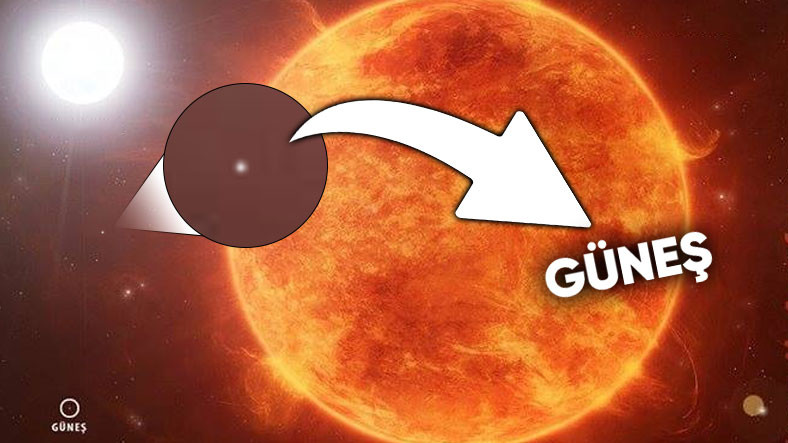One meteor what hit Jupiter last October was possibly the largest impact on the planet recorded in 28 years. The claim was made by astronomers and astrophysicists at Kyoto University in a recently published study. However, the study has not yet been peer-reviewed by other researchers in the same field.
News
There are ‘little planets’ inside Jupiter
During its formation, the gas giant swallowed up small planets
Collision with Jupiter spotted by amateur astronomers
The impact caused an explosion equivalent to two million tons of TNT – or 2 megatons of TNT, according to the team responsible for the study. In comparison, the “Baby” and “Fat Man” atomic bombs used in Hiroshima and Nagasaki at the end of World War II had an explosive yield equivalent to 15 kilotons and 20 kilotons, respectively. already Tunguska eventWhen the meteorite exploded in the atmosphere over a region in Siberia, it had a yield of 1 megaton. As a result of this event, trees were cut down over an area of more than 2 thousand km². O impact on Jupiter would cause even more destruction if it happened on the ground.
Research shows that when meteor diameter from 15 to 30 meters and weighing 4.1 million kg. The impact of this object on Jupiter was captured by the Planetary Observation Camera for Optical Transient Investigation (PONCOTS), a project aimed at capturing collisions with the Solar System’s largest planet. According to website space.comamateur astronomers also observed in their telescopes the flare resulting from the explosion. Jupiter it is a planet that is easy to observe from Earth with amateur telescopes, which means that cases of impact “flares” from Earth are regularly observed here.

Credits: Publicity/PONCOTS.
The most powerful collision with Jupiter occurred in 1994.
In July 1994, for the first time in history, humanity recorded a “real-time” collision, a collision of celestial bodies outside the Earth. O Comet Shoemaker-Levy 9 He faced Jupiter and caused the largest outbreak recorded to date. The force of the collision was equivalent to six million tons of TNT and left “scars” in the gaseous atmosphere of the planet. In the following months, they were erased due to strong winds on the planet.

Credits: Disclosure / NASA / Hubble Telescope.
…..















